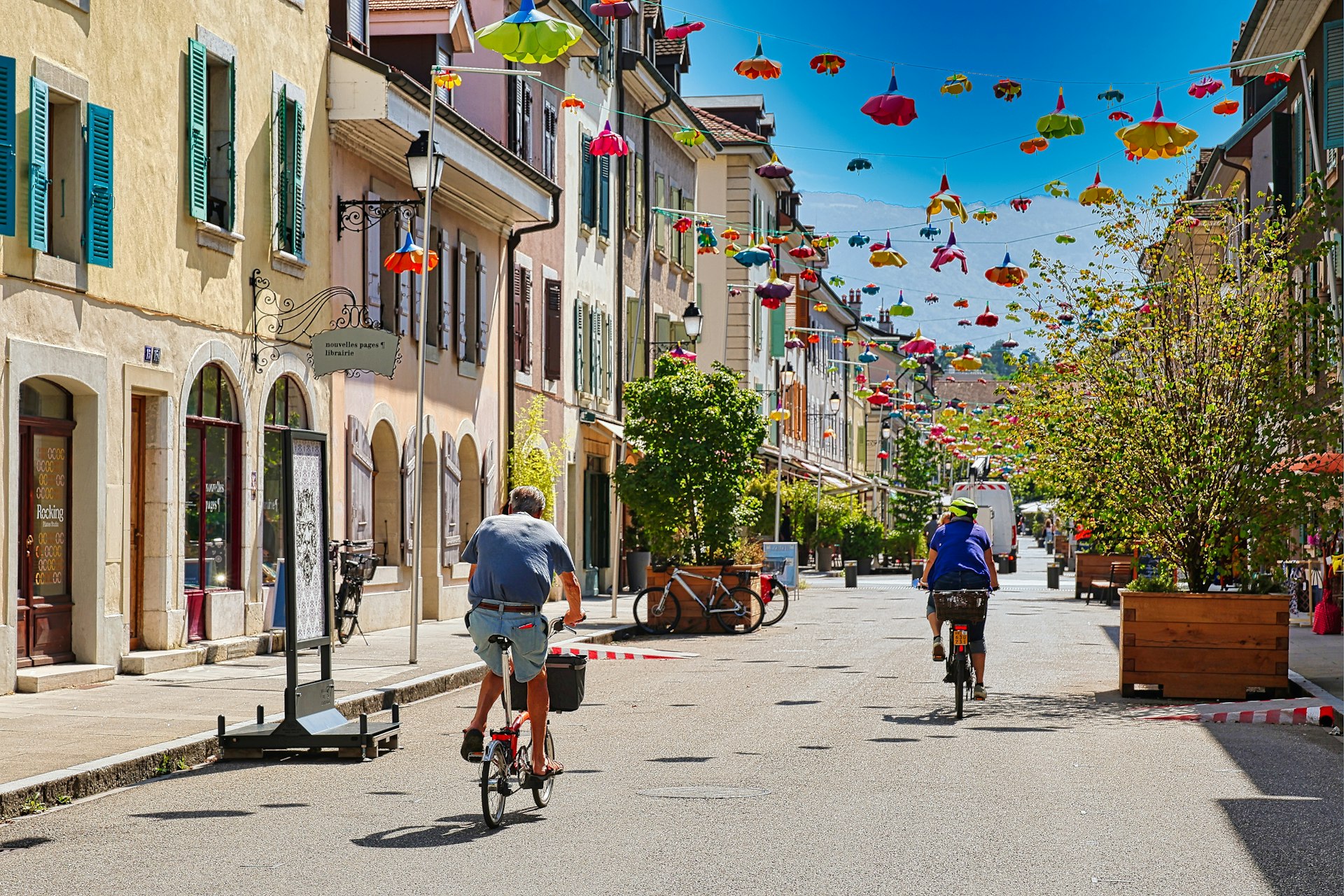Unlocking Opportunities: The Critical Importance of Accessible Travel for Disabled Tourists

Photo by Matt Artz on Unsplash
Introduction
Accessible travel is not just about ramps and elevators-it is about empowering millions of individuals with disabilities to experience the world with dignity, confidence, and safety. As the travel and tourism sector recognizes the rights and spending power of disabled tourists, the call to remove barriers and implement inclusive practices is louder than ever. In this guide, we explore why accessible travel matters, its economic and social impact, and how travelers, businesses, and communities can take actionable steps to foster inclusion.
Why Accessible Travel Matters
Travel is a fundamental part of life, offering experiences that enrich, educate, and connect people. For disabled tourists, accessibility means the difference between participation and exclusion . According to the World Travel & Tourism Council (WTTC), accessible travel is both a social imperative and a business opportunity, with the sector urged to adopt comprehensive guidelines for inclusion and accessibility [1] .
Recent studies emphasize that the need for accessible travel solutions is vast. In the U.S. alone, travelers with disabilities spent $58.2 billion in a single year-an astonishing 339% increase from 2015 [2] [5] . This spending is only expected to rise as travel becomes more inclusive and as awareness grows.
Economic and Social Benefits
Accessible travel drives growth in the tourism sector by opening destinations to a broader market. Disabled travelers are more likely to book premium accommodations and travel with companions, multiplying their economic impact [5] . By making destinations more welcoming, businesses not only comply with legal and ethical obligations but also gain access to a rapidly expanding, loyal customer base.
On a social level, accessible travel fosters inclusion, empathy, and respect . It ensures that every individual, regardless of ability, can enjoy cultural, recreational, and educational experiences. These benefits extend to families and companions, making accessibility a vital component of social equity and community wellbeing [1] .
Common Barriers and Real-World Challenges
Despite progress, disabled tourists face persistent obstacles at every stage of their journey. The most common barriers include:
- Lodging and accommodation inaccessibility : 96% of travelers with mobility disabilities have encountered inaccessible accommodations [5] .
- Transportation difficulties : 86% have faced flight issues, and 79% have encountered problems with local transportation [4] .
- Poor information and communication : Nearly half of disabled travelers cite a lack of information about accessible attractions and services as a major hurdle [3] .
- Insufficiently trained staff : Many report negative experiences due to staff unawareness or lack of disability etiquette training [1] .
Additional challenges include difficulty booking accessible rooms, inadequate signage, lack of adapted vehicles, and barriers within attractions such as museums or parks [2] [3] .
Key Factors for Improving Accessibility
To better serve disabled tourists, the following factors are essential:
- Dedicated offers and resources : 59% of surveyed travelers prioritize tailored offers from travel agencies and providers [3] . This includes accessible tour packages, guides, and transportation options.
- Financial support and incentives : Some travelers may benefit from co-financing opportunities or subsidies. For information on available programs, consider contacting relevant tourism boards or searching for “travel grants for people with disabilities” through official government or nonprofit websites.
- Comprehensive, accessible information : Reliable, up-to-date details about accessible facilities and attractions are critical. When planning a trip, use official destination websites or contact visitor centers directly to inquire about accessibility features. Look for properties listed as accessible by reputable travel platforms or tourism bureaus.
- Staff training and awareness : Businesses should prioritize disability awareness training for all staff. This not only improves service but also fosters a respectful and inclusive environment [1] .
- Physical adaptations and barrier removal : This includes step-free access, adapted bathrooms, lifts, accessible transport, and clear signage. When booking, request detailed information and, if possible, photos or videos of the facilities.
Actionable Steps for Travelers
If you are a traveler with a disability, consider the following steps to maximize your travel experience:
- Research thoroughly : Start by searching for accessible travel guides and resources from reputable organizations. Many national and regional tourism boards have accessibility information available via their official websites.
- Contact providers directly : Call or email hotels, airlines, and attractions to confirm accessibility details. Ask specific questions about room features, entrances, transport, and assistance availability.
- Seek out dedicated agencies : Some travel agencies specialize in accessible travel. To find them, search for “accessible travel agencies” or consult disability advocacy organizations for referrals.
- Prepare documentation : Carry any relevant medical or accessibility documentation, as some providers may request it for accommodations or assistance.
- Plan for contingencies : Identify nearby medical facilities and accessible transport options at your destination. Consider traveling with a companion or arranging for an assistant if needed.
If you require financial assistance or support services, inquire with local disability organizations, government agencies, or charitable foundations in your area. These groups may offer grants, information, or logistical support for accessible travel.

Photo by Ben Allan on Unsplash
How Businesses and Destinations Can Become More Accessible
For businesses and destinations seeking to improve accessibility, the following steps are recommended:
- Conduct an accessibility audit : Assess your facilities for physical, informational, and service barriers. Many governments and disability organizations offer checklists and guidance for this process.
- Implement staff training : Invest in training programs to educate employees on disability etiquette, communication, and emergency procedures for guests with disabilities [1] .
- Upgrade infrastructure : Install ramps, lifts, accessible bathrooms, and tactile signage where needed. Ensure online booking systems and websites are designed for usability by people with disabilities.
- Communicate clearly : Provide detailed, accurate information about accessibility features in promotional materials and on websites.
- Collaborate with disability groups : Partner with local and national organizations to understand needs, gain feedback, and promote accessible offerings.
In many cases, small investments in accessibility yield substantial returns through increased bookings, positive reviews, and enhanced reputation.
Alternative Approaches and Additional Resources
If you encounter barriers, consider alternative travel options such as group tours designed for accessibility, accessible cruises, or destinations known for inclusive infrastructure. Some nonprofit organizations maintain directories of accessible travel providers; use search terms like “accessible travel guide” or “disability-friendly vacation” to locate these resources.
For up-to-date information, consult official tourism board websites, read recent traveler reviews, and engage with online communities of disabled travelers. Social media platforms and forums can also be valuable sources of real-world tips and recommendations.
Key Takeaways
Accessible travel is essential for creating a truly inclusive society. The demand is growing rapidly, and the economic, social, and ethical benefits are clear. By removing barriers, providing accurate information, and fostering a culture of respect, we can ensure travel is open to all-unlocking new opportunities, experiences, and connections for everyone.
References
- [1] World Travel & Tourism Council (2021). Major new paper for Inclusive & Accessible Guidelines.
- [2] GLP Films (2022). Accessible Sustainable Travel: Breaking Barriers, Meeting Demand.
- [3] Załuska, U. (2022). Travelling from Perspective of Persons with Disability. PMC.
- [4] MMGY Global (2022). Portrait of Travelers with Disabilities: Mobility & Accessibility.
- [5] Travel Weekly (2022). State of accessible travel.



